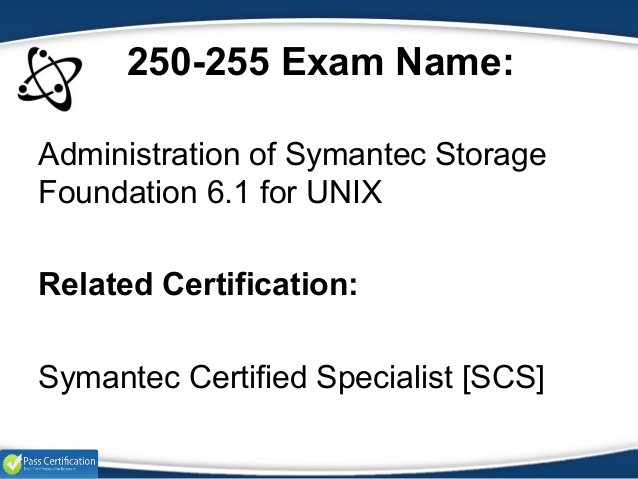
Version 6 also introduced support for named streams/resource forks, for multiple underlying volumes, and for file change logs. Version 6 added support for file systems and files up to 8 exabytes ( 2 63 bytes) in size.Version 5 was introduced in VxFS 3.5 and is no longer supported under VxFS 5.1. Individual files can be up to 2 terabytes in size. Version 5 started support for file systems up to 32 terabytes ( 2 45 bytes) in size.Layout version 4 is no longer supported under VxFS 5.1. Version 4 added support for storage checkpoints and for Veritas Cluster File System.Layouts 1-3 stopped being supported in VxFS 4.0. Version 2 added support for filesets, dynamic inode allocation and ACLs.This file system has gone through ten versions. The on-disk layout of VxFS is versioned and upgradeable while the file system is mounted. Īs the internet was not widely available in the early 1990s, getting a new file system deployed for Unix-like operating systems was more difficult, so the one- to two-year delay in the release and commercialization of this file system was not unusual. Other sources agree that the product was first released in 1991.

He notes in a mailing list that they "finished release 1.0 one year or so later" after starting development of VxFS under a contract with AT&T Corporation in 1990. That claim can be taken in two ways, i.e., the first implementation of a journaling file system in a commercial context, or the first file system available as an unbundled product.ĭan Koren is cited as one of the original developers of VxFS. VxFS is packaged as a part of the Veritas Storage Foundation (which also includes Veritas Volume Manager).Īccording to the vendor, it was the first commercial journaling file system. VxFS was originally developed for AT&T's Unix System Laboratories. It is also supported on AIX, Linux, Solaris, OpenSolaris, SINIX/Reliant UNIX, UnixWare and SCO OpenServer.

With on-line defragmentation and resize support turned on via license, it is known as OnlineJFS. Through an OEM agreement, VxFS is used as the primary filesystem of the HP-UX operating system. It was originally developed by VERITAS Software. The VERITAS File System (or VxFS called JFS and OnlineJFS in HP-UX) is an extent-based file system.

Linux, Solaris, HP-UX, AIX, SINIX, UnixWare Not to be confused with the file systems XFS and JFS.


 0 kommentar(er)
0 kommentar(er)
